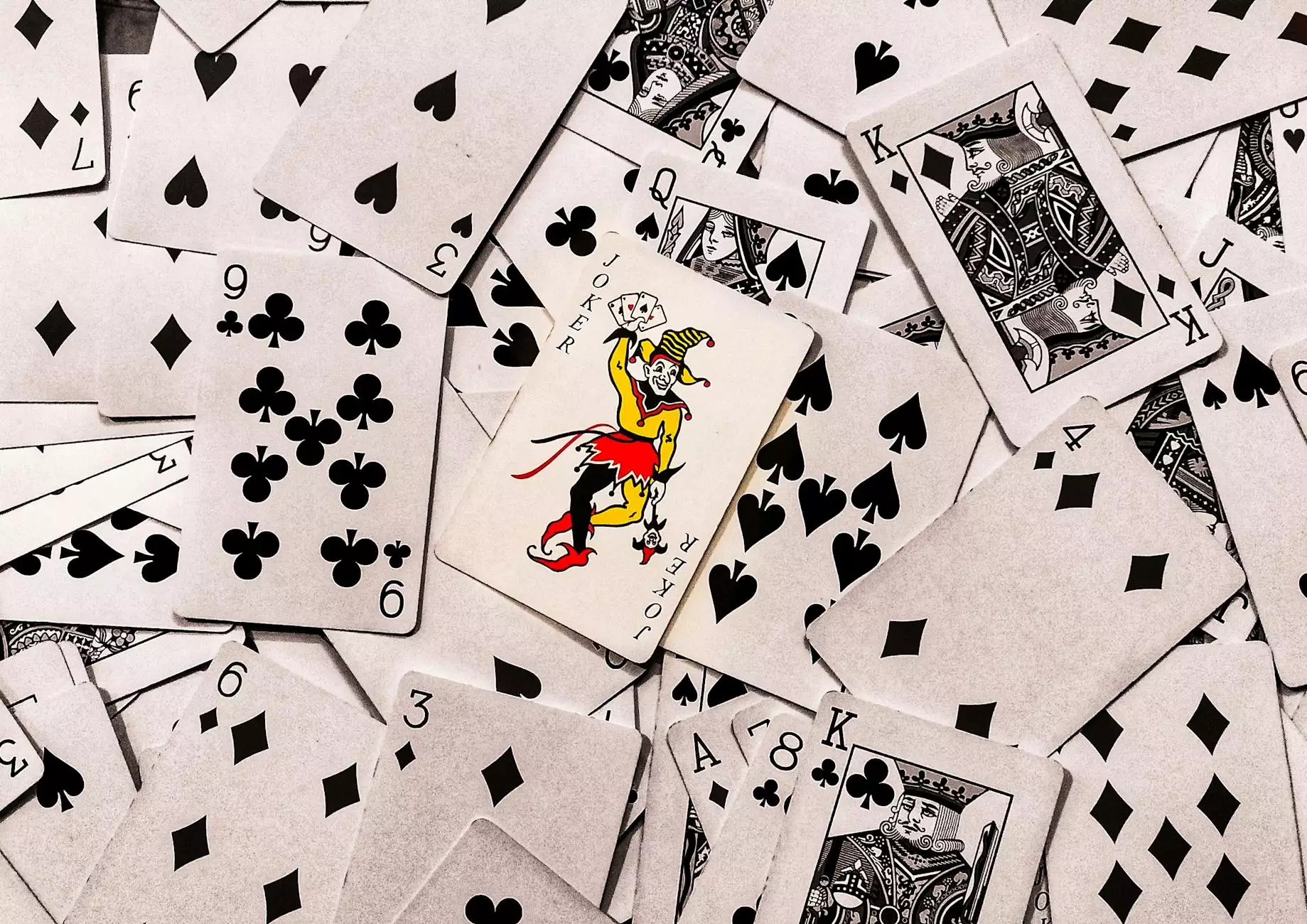Treatment of Foot Corns: Comprehensive Solutions for Healthy Feet

Foot corns, medically known as hyperkeratosis, are common foot problems that can cause significant discomfort and pain. Understanding the treatment of foot corns is vital for maintaining foot health and ensuring that daily activities can be performed comfortably. In this article, we will explore various aspects of foot corns, including their causes, symptoms, prevention, and treatment options.
What Are Foot Corns?
Foot corns are thickened layers of skin that develop on the feet, particularly on the toes or the soles. They are the body’s natural response to friction and pressure, which can occur from ill-fitting shoes or abnormal foot mechanics. Corns typically have a hard center surrounded by inflamed skin, leading to tenderness or pain.
Types of Foot Corns
- Hard Corns: These are small, concentrated areas of thick skin that usually form on the tops or sides of toes.
- Soft Corns: Softer and usually found between the toes, soft corns are often more painful due to their location and the moist environment between the toes.
- Seed Corns: These are tiny corns that develop on the soles of the feet and can be very painful.
Common Causes of Foot Corns
Understanding the causes of foot corns is essential for effective treatment of foot corns. Some of the most notable factors include:
- Ill-Fitting Footwear: Shoes that are too tight, too loose, or do not provide proper support can cause friction, leading to corn formation.
- Foot Deformities: Conditions like bunions or hammertoes can create areas of increased pressure on the skin.
- High Activity Levels: Athletes or individuals who spend long hours on their feet are more susceptible to developing corns.
- Skin Conditions: Certain skin conditions may increase the likelihood of developing corns, such as psoriasis or eczema.
Symptoms of Foot Corns
Identifying the symptoms of corns can help in their timely treatment. Common symptoms include:
- Pain: Tenderness and pain may occur, especially when pressure is applied.
- Thickened Skin: A hard, raised bump or a soft area between the toes may be visible.
- Discoloration: Some corns may appear yellowish or gray due to the thickened skin.
Prevention Strategies for Foot Corns
Preventing foot corns is often easier than treating them. Below are several strategies to keep your feet healthy:
- Choose Proper Footwear: Wear well-fitting shoes that provide ample space for toes and cushioning.
- Use Protective Pads: Utilize corn pads or moleskin to reduce friction on areas prone to corns.
- Maintain Foot Hygiene: Regular washing and moisturizing can keep skin healthy and reduce the risk of corns.
- Consult a Podiatrist: Regular foot check-ups can help identify potential issues before they develop into corns.
Treatment Options for Foot Corns
The treatment of foot corns can range from home remedies to professional medical intervention. Here are the most effective treatment options:
Home Remedies
For minor cases, several home remedies can provide relief:
- Soaking Feet: Soak your feet in warm, soapy water for 10-15 minutes to soften the thickened skin.
- Pumice Stone: After soaking, gently rub a pumice stone over the corn to remove dead skin.
- Moisturizing Creams: Applying creams with ingredients like urea or salicylic acid can help soften corns.
- Cold Compress: In case of pain, applying a cold compress can help reduce inflammation.
Over-the-Counter Treatments
If home remedies do not provide relief, over-the-counter treatments are available:
- Corn Removal Pads: These contain salicylic acid that helps dissolve the corn gradually.
- Medicated Creams: Specific creams containing active ingredients to target corns can be effective.
Professional Medical Treatment
For persistent or painful corns, consulting a podiatrist is recommended. Treatments may include:
- Debridement: A podiatrist can safely remove corns using specialized instruments, providing immediate relief.
- Orthotic Devices: Custom foot orthotics can address underlying foot mechanics contributing to corn formation.
- Surgery: In severe cases, surgical procedures may be performed to correct foot deformities causing corns.
When to See a Podiatrist
While many corns can be treated effectively at home, there are situations when you should seek professional help:
- Severe Pain: If the corn causes significant discomfort or impairs your mobility.
- Signs of Infection: Redness, swelling, or pus around the corn may indicate an infection.
- Diabetes or Poor Circulation: Individuals with these conditions should seek prompt attention for foot issues.
Conclusion
Understanding the treatment of foot corns involves recognizing their causes, symptoms, and effective solutions. By implementing preventive measures and utilizing home and medical treatments, individuals can manage and alleviate the discomfort associated with corns. Remember that proper foot care is crucial—if you're experiencing persistent issues, do not hesitate to consult a podiatrist at The Foot Practice. Prioritizing your foot health can lead to a more active and comfortable lifestyle.









